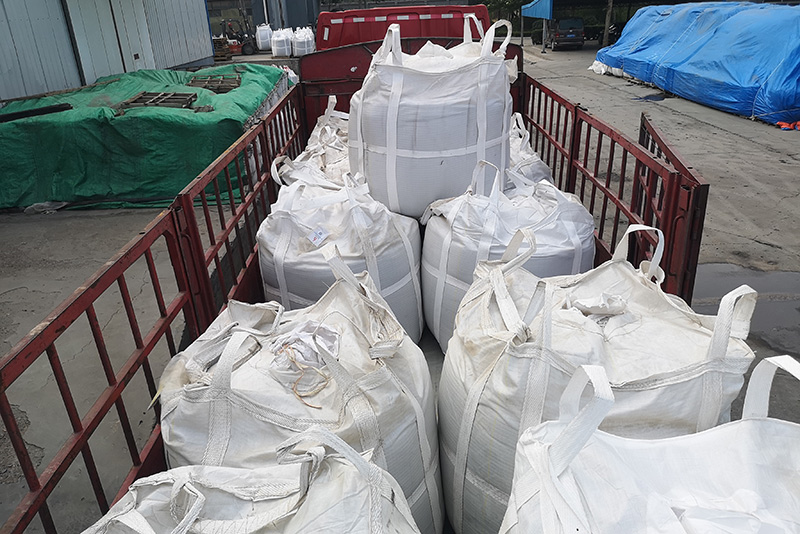Understanding Sand Casting A Comprehensive Guide
Sand casting is a widely used and effective metal casting process that has been around for centuries. This manufacturing technique involves creating a mold from sand, allowing molten metal to be poured in and solidify into the desired shape. This article delves into the workings of sand casting, its advantages, and its applications.
The Sand Casting Process
The fundamental steps in sand casting can be broken down into several key phases
1. Pattern Making The process begins with creating a pattern that is a replica of the final product. This can be made from various materials such as wood, metal, or plastic. The pattern is usually slightly larger than the final piece to account for shrinkage that occurs when the metal cools.
2. Mold Preparation The next stage involves preparing the mold, which is created by packing sand around the pattern. The most common mixture used is silica sand, which is mixed with a bonding agent, typically clay, and water. The sand must be compacted tightly to ensure that it retains its shape once the pattern is removed.
3. Pattern Removal After the sand has been compacted around the pattern, the pattern is carefully removed, leaving a cavity in the shape of the desired object. This is called the mold cavity.
4. Core Making (if needed) For complex shapes, cores made from sand or other materials may be added to create internal cavities or voids in the final product. Cores are placed into the mold cavity before the molten metal is introduced.
5. Pouring Molten Metal Molten metal is then poured into the mold through a gating system designed to control the flow. The temperature of the metal must be carefully monitored to ensure it is at the appropriate melting point, depending on the type of metal being used.
6. Cooling and Solidification Once the molten metal is poured into the mold, it begins to cool and solidify. The cooling rate can affect the properties of the final product, such as grain structure and mechanical strength.
7. Mold Removal After the metal has completely solidified, the sand mold is removed. This is typically done by shaking or breaking the mold apart. In many cases, this is a simple process due to the nature of the sand mixture.
8. Finishing Process The final step involves cleaning the casting to remove any sand residues and excess material that may have formed during the casting process. Additional finishing operations, such as machining, may be necessary to achieve the desired tolerance and surface finish.
Advantages of Sand Casting
how does sand casting work

Sand casting offers several notable advantages that have contributed to its enduring popularity
- Versatility Sand casting can accommodate a wide range of metals, including iron, aluminum, brass, and bronze, making it a versatile choice for various applications.
- Cost-Effectiveness The materials and tools needed for sand casting are relatively inexpensive compared to other casting methods. This makes it an attractive option for both small and large productions.
- Complex Geometries The process is capable of producing complex shapes and designs that would be difficult to achieve with other manufacturing processes
.- Scalability Sand casting can efficiently produce single pieces or large quantities, making it adaptable for different production scales.
Applications of Sand Casting
Due to its advantages, sand casting is employed in a myriad of industries, including
- Automotive Many engine blocks, transmission casings, and other components are manufactured using sand casting.
- Aerospace Components that require high strength-to-weight ratios are often fabricated through sand casting.
- Heavy Machinery Equipment and parts used in construction, mining, and agricultural industries frequently utilize sand casting for durability.
- Art and Sculpture Artists often use sand casting for creating intricate sculptures and decorative objects.
Conclusion
Sand casting is a time-tested method of manufacturing that plays an essential role in various industries. Its straightforward process, adaptability, and cost-effectiveness have made it a staple in metalworking. As technology advances, sand casting continues to evolve, incorporating new methods and materials while maintaining its foundational principles. Whether for industrial applications or artistic pursuits, understanding how sand casting works provides valuable insight into the world of manufacturing and design.
Post time:ធ្នូ . 13, 2024 08:11
Next:what is a sand casting
